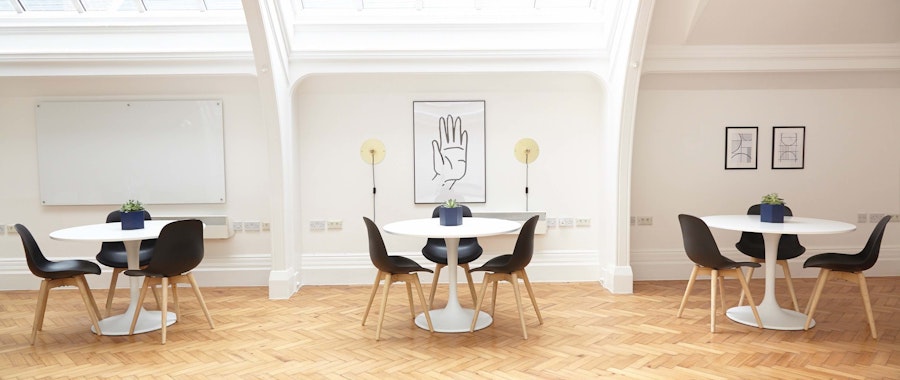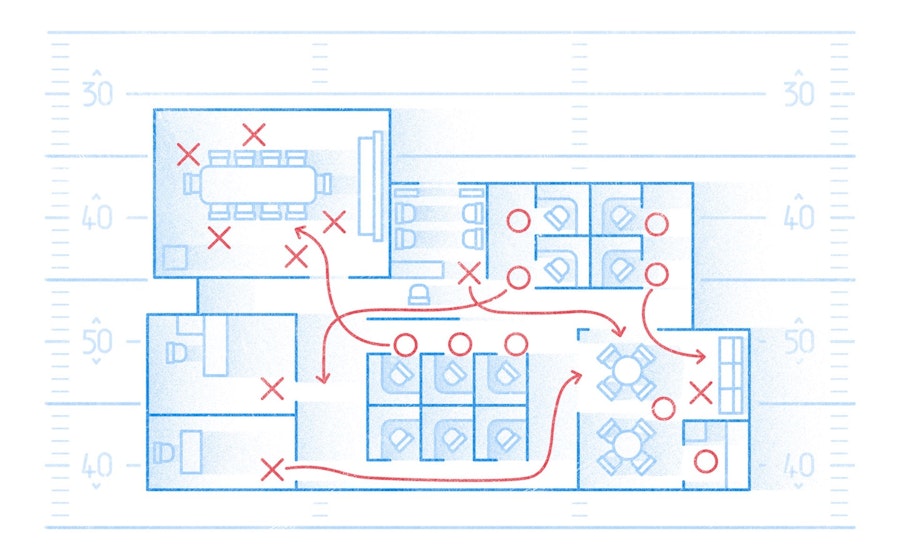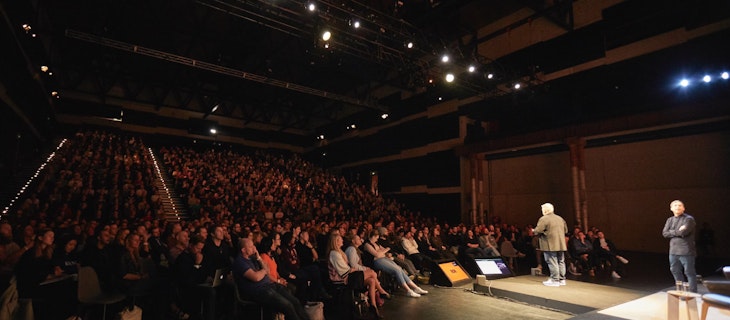
The Challenges of Office Design
The importance of office design was not lost on Steve Jobs.
At the helm of the re-design of Pixar’s office space, Jobs wanted to encourage spontaneous encounters and so he proposed an idea. The building would only have bathrooms in the central atrium, and not the two wings. Of course, this was a prequel to the 100 acre plot, $5 billion Apple Campus that just opened last month, but those Pixar bathrooms said a lot about the principles of office design.
We Need to Talk About Open Offices
Open office plans are now the norm – 70% of workplaces now have one. Facebook even enlisted Frank Gehry to design the largest open plan office in the world to house 2,800 engineers. And not without reason. Organisational psychologist Matthew Davis found in 2011 that open offices tended to cultivate a symbolic sense of organisational mission, and made employees feel part of a more laid-back, innovative company.
There’s a big but. Open plan offices can suffer from being too noisy and not visually private enough. This is problematic as numerous studies report that excess noise makes cognition harder, and a sense of privacy can boost job performance. A 2008 literature review found that 90% of research on open offices reported negative effects, including stress, increased conflict, high blood pressure, and higher staff turnover. It can also increase sick leave taken.

Remove Offices Entirely?
Evidence like this might prompt companies to bring in remote working, to counter the negative effects of open plan offices. After all, having a few days to work from home can help with employee engagement and productivity. A study conducted by Harvard Business Review on the Chinese travel site Ctrip found that after nine months, workers that telecommuted completed 13.5% more calls, and quit at half the rate of the people in the office. They also reported higher job satisfaction. The hypothesised reasons? The quieter environment helped process calls. Employees working from home also worked longer hours by starting earlier, taking less breaks, and working until the end of the day.
A Return To Private Offices
Despite the trend towards allowing employees a degree of remote working, several high profile companies have asked their workers to come back to the office. IBM, Best Buy, Reddit, HP, and Yahoo all recalled the remote workforce. Why? Yahoo CEO Marissa Mayer admitted that people are more productive alone, but stressed that employees are “more collaborative and innovative when they’re together.”
What these incumbents are banking on is the “watercooler effect” of shared offices. Harvard Medical School published a study comparing the citation rates (a proxy for article quality) with how close the scientists collaborating on the paper where. They found that the physically closer together the authors were, the more they got cited. The hope with Yahoo is that by centralising the workforce, they’ll provide more opportunity for people to collide chat, inspire, and innovate.
So What Now?
The pros and cons for each arrangement of the office, private, remote, and open, all stem from how each office manages the three sections of effective office design from HBR’s 2011 article “Who Moved My Cube?” To encourage a successful office that brings people together and gives enough privacy for conversations to evolve and collaboration to happen, these three questions need to be addressed.
Proximity
What is the distance between workers that need to collaborate? Research found that frequency of interaction declined significantly with the distance between offices. People on different floors almost never interacted informally.
Another element of proximity is functional proximity. Consider how central functional spaces like entrances, stairwells, photocopiers, and yes, bathrooms, interact to bring employees together.
Privacy
Are private spots for conversation available? Employees need to be able to converse without being overhead. A perfect example are alcoves: public enough to access, private enough to duck in to chat without being overheard.
The flip side to privacy is being able to determine your own level of privacy. The key to informal chats is employees being able to choose when they are able to be talked to. Requests can quickly flip to interruptions, and interactions will dwindle if they’re seen as forced.
Permission
Does the company allow interactions to occur, like chats around the coffee machine? This could be in the tone of conversation, examples set by founders, or official sanctioned behaviours. Consider also that artifacts in space influence the designation. Photocopiers, for example, provide space for social interaction.
There are no hard answers to any of these considerations. But they are important – the Apple Campus has a 4,000 person cafe designed to make people bump into each other, just like the Pixar bathrooms. And what were the results of the bathrooms? Archie Bland, from the The Independent, reported that “Although some were more than a little annoyed to have to traipse to the lobby every time they needed the loo — something remarkable started to happen. Instead of working closely with their immediate neighbours and never getting beyond a nodding relationship with anyone else, Pixar’s employees started to bump into each other. They shot the breeze. Sometimes, the chatter would yield something useful, and one of the participants would head back to her desk with a new idea.”


